The special wildlife living in UK rainforests
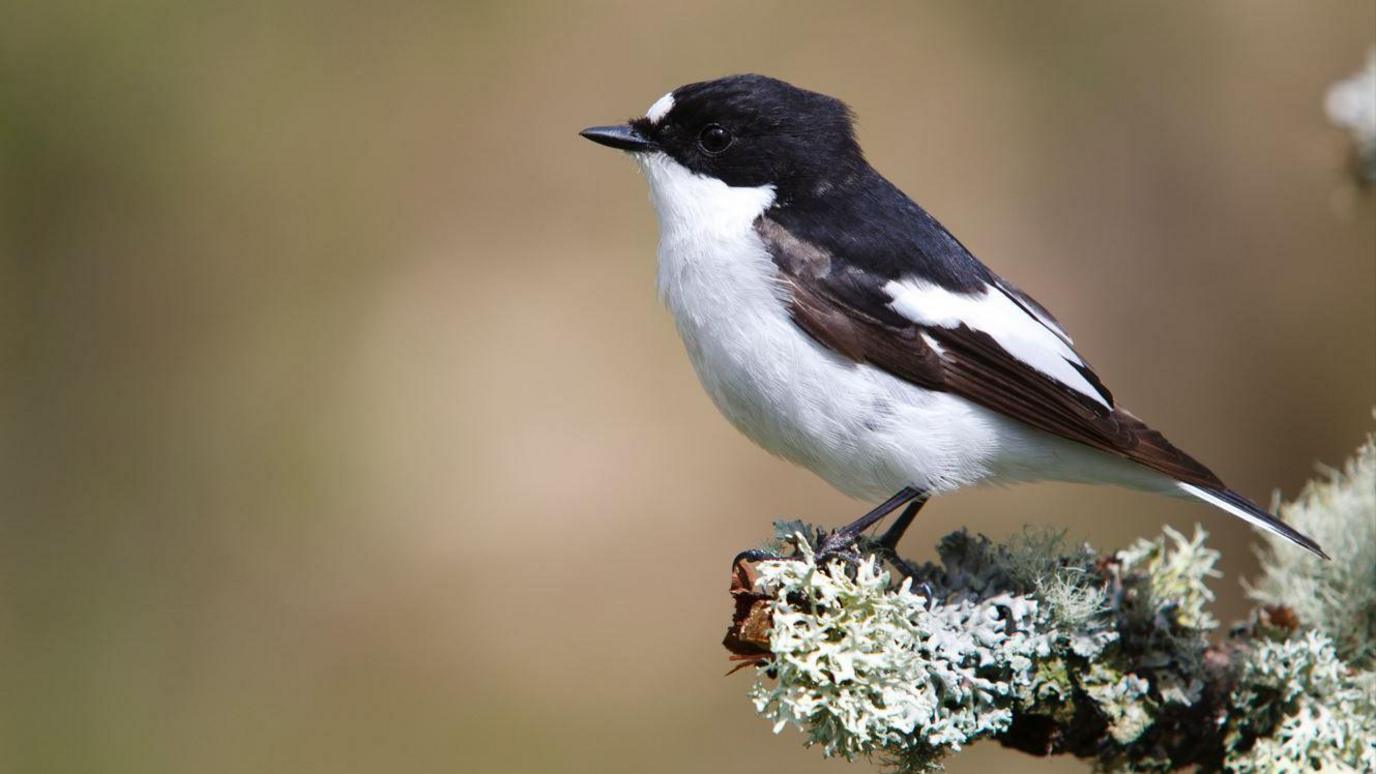
- Published
When you imagine a rainforest, you might think of the Amazon or other tropical places around the world.
But, did you know that rainforests can also exist in the UK?
Large parts of Britain were once temperate rainforests, but centuries of deforestation - for farming, wood and building - means just 1% of the original rainforests are left.
Let's take a closer look at some of the special plant and animal species that can be found living in these unique places.
More like this
Scientists to learn more about world's 'rarest whale'
- Published3 December 2024
Young flamingos move home to meet new flock
- Published2 December 2024
How multivitamins could help save coral reefs
- Published2 December 2024
What is a temperate rainforest and where are they found in the UK?
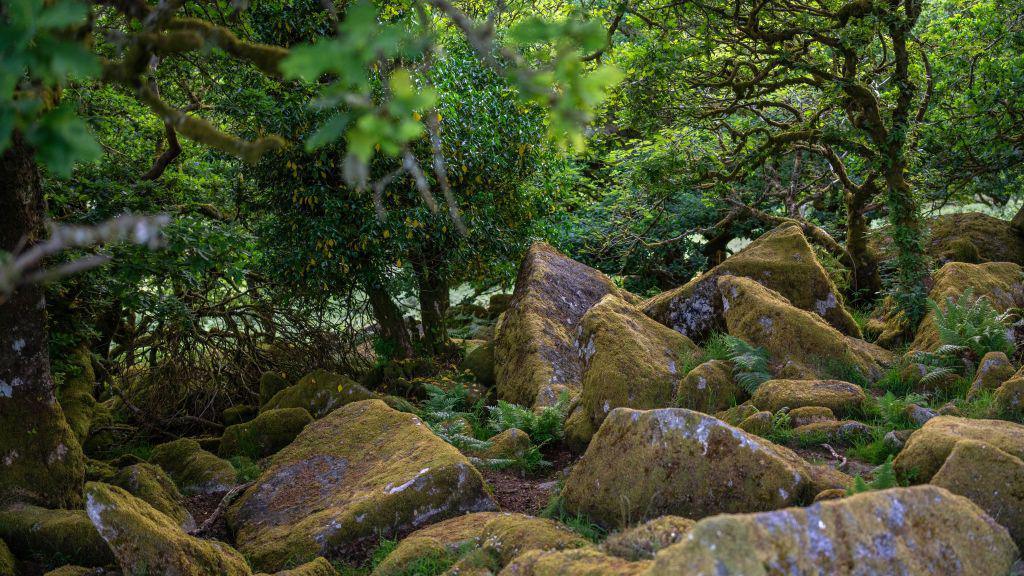
Temperate rainforests are usually found in wet and mild climates. A few of the ones we have left in the UK are found close to the coast.
The rainy weather in the UK is ideal for these rainforests.
The biggest one in England can be found in Borrowdale in the Lake District, but there are other temperate rainforests across the UK in place such as the Brecon Beacons in Wales, Dartmoor in Devon and also in the Scottish Highlands and Argyll.
Temperate rainforests are usually very mossy - which means they can be home to thousands of lichen and other wildlife that thrives in moist conditions.
All this greenery means plenty of food and homes for animals and insects.
Last year, the government announced a plan to bring back our ancient rainforests, and help them grow.
Which animal and plant species can be found in UK rainforests?

The white-tailed sea eagle is the largest UK bird of prey.
The bird went extinct in the UK during the early 20th century due to hunting but was reintroduced.
They have a brown body with a huge bright yellow beak and yellow feet.
White-tailed sea eagles can often be found nesting in rainforests but they hunt in the nearby sea - which helps bring vital nutrients back to the rainforest.
When it eats, it drops bits of food which are then eaten by scavengers which eventually fertilises the soils.
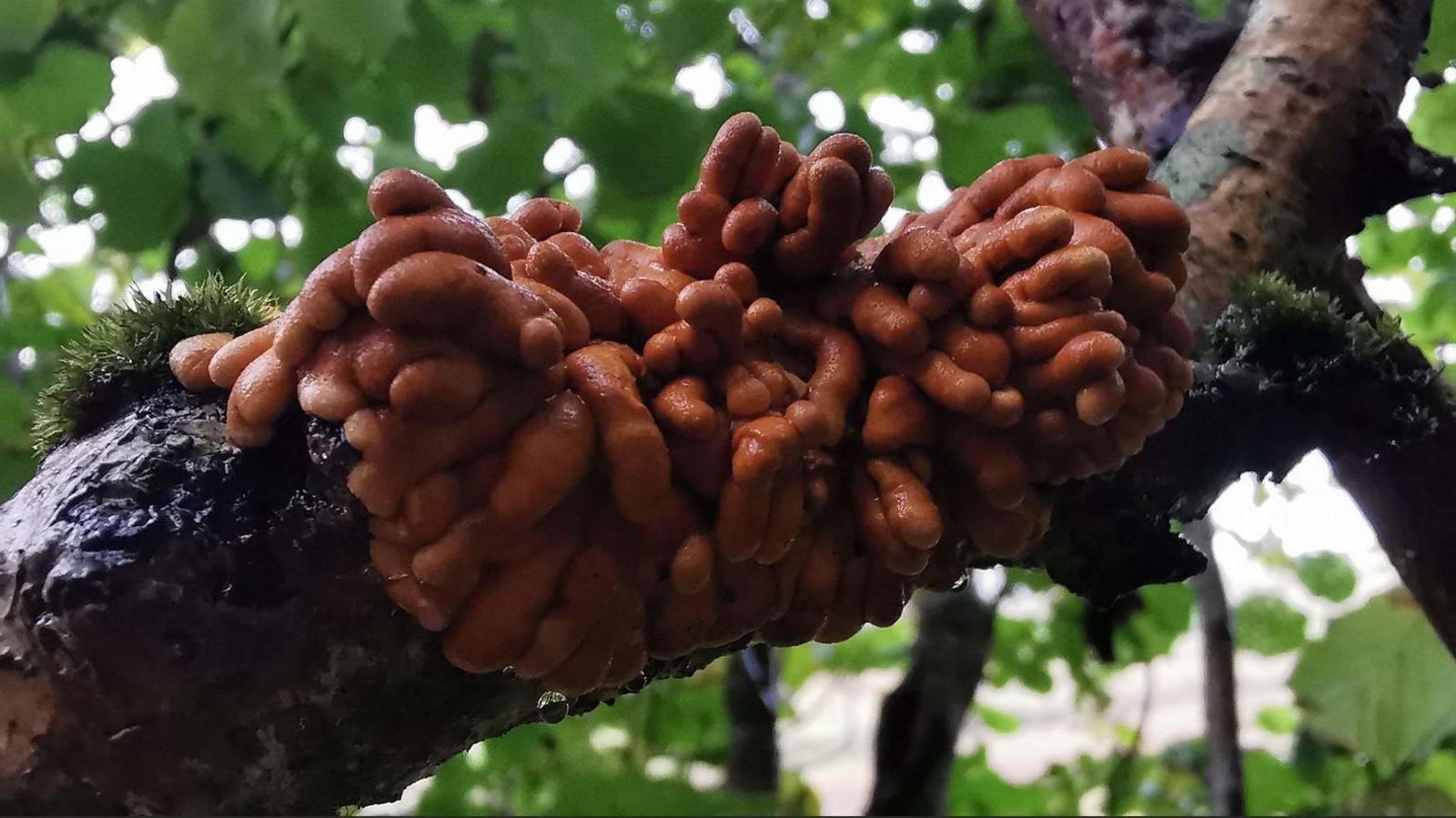
This peculiar looking object is a hazel gloves fungus.
It gets its name from the finger-like structures the fungus produces.
It is only found in temperate rainforests and it makes its home almost exclusively on old hazel trees.
If you spot one it's a sign of clean air and a wood's ancient origins.
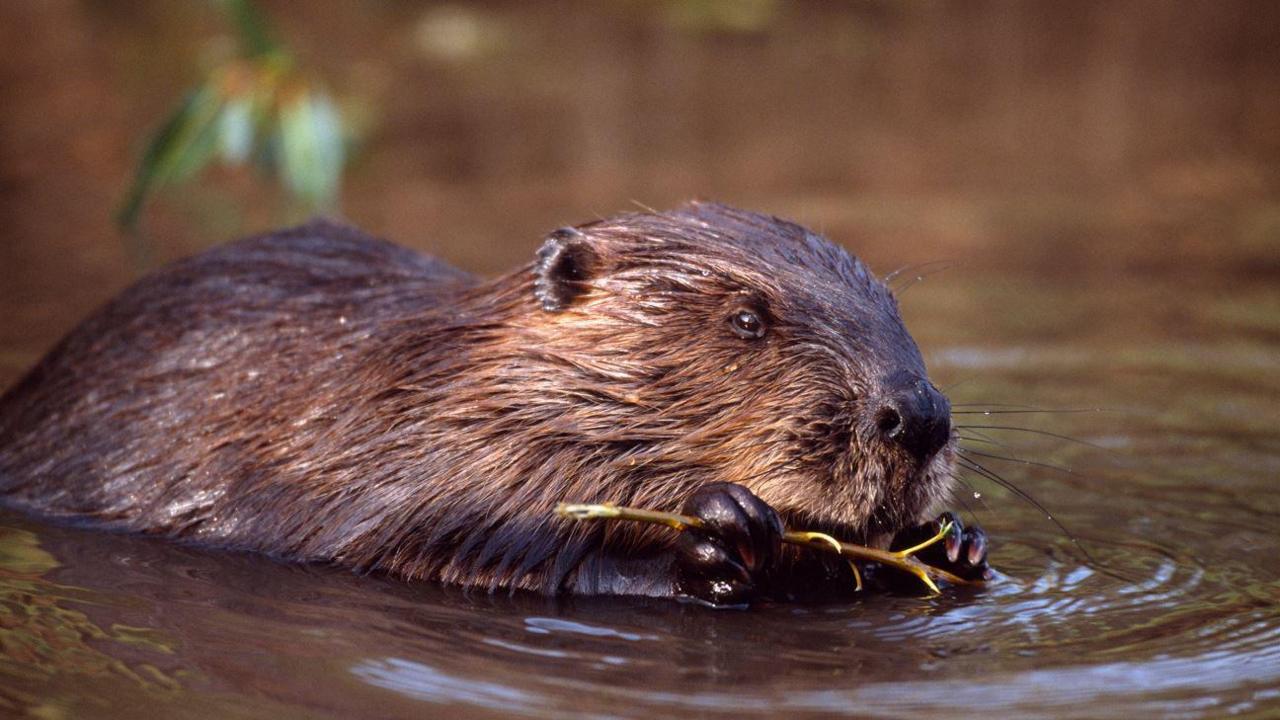
Beavers are mammals which have strong teeth and jaws which are very useful tools when it comes to building dams.
They are native to the UK, but in previous centuries they had been hunted to near extinction for their fur and meat.
Beavers are known for taking wood and building dams, where they hold up a lot of water - this can protect land downriver from flooding and reduces silt, improving the quality of water that does go through the dams.
Another benefit to the beavers' dams is the large wetlands that are created behind them, and this environment is very beneficial to the wildlife and plants that live there.

The green satin lichen really comes to life when it rains.
It turns very green when wet and stretches out like a dragon's skin.
Lichens are organisms that grow on exposed places such as rocks or tree bark.
They need to be very efficient at absorbing water and nutrients to grow there.
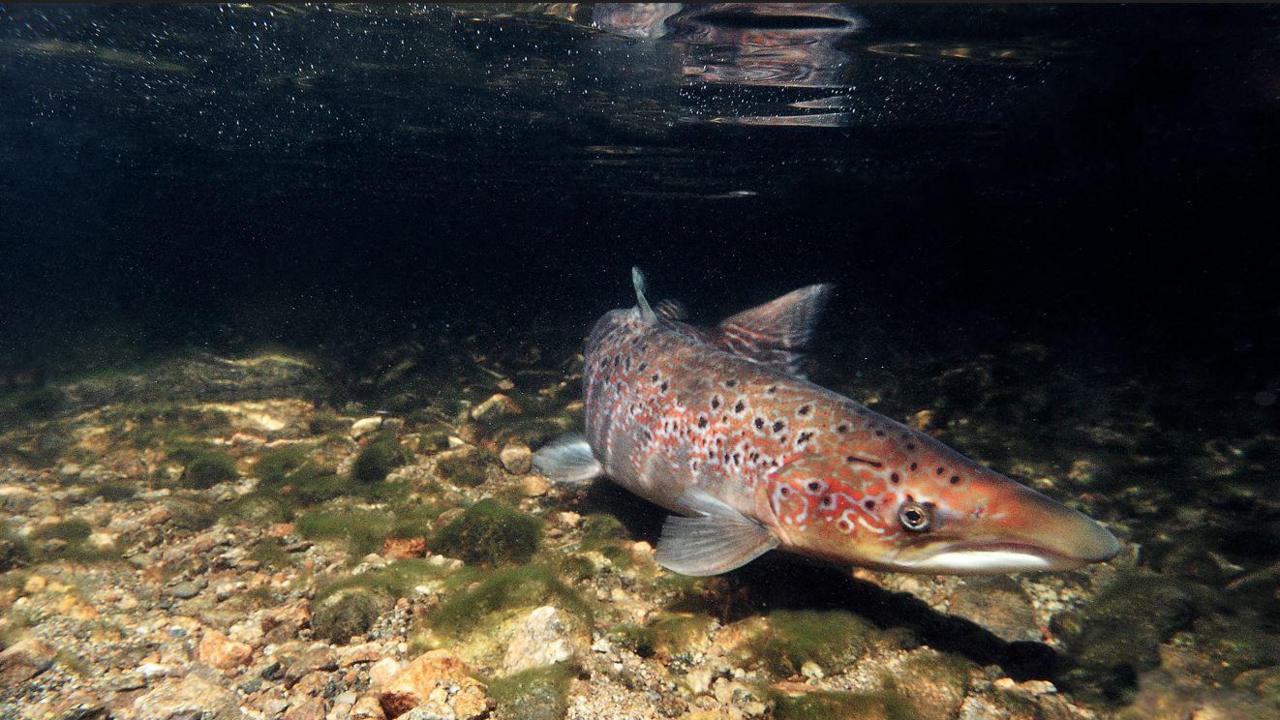
Temperate rainforests often have rivers which help towards creating the damp environment.
Wild salmon swim upstream into the freshwater environment and help provide the rainforest with open ocean nutrients stored in their bodies.
If you're lucky, you might even spot the salmon leaping out of the water over obstacles like waterfalls.
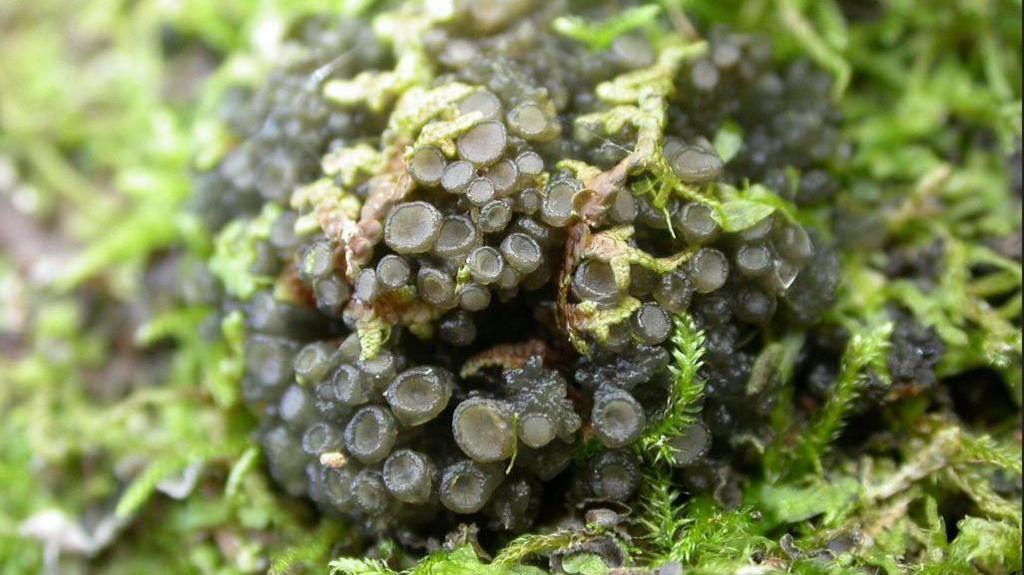
This jelly lichen looks like clusters of tiny, dark octopus suckers.
The suckers are actually groups of fruiting bodies called apothecia.
They are rare but can found growing on oak trees.
Jelly lichen perform an important role in the ecosystem, as they take nitrogen out of the atmosphere and make it available to other organisms.
